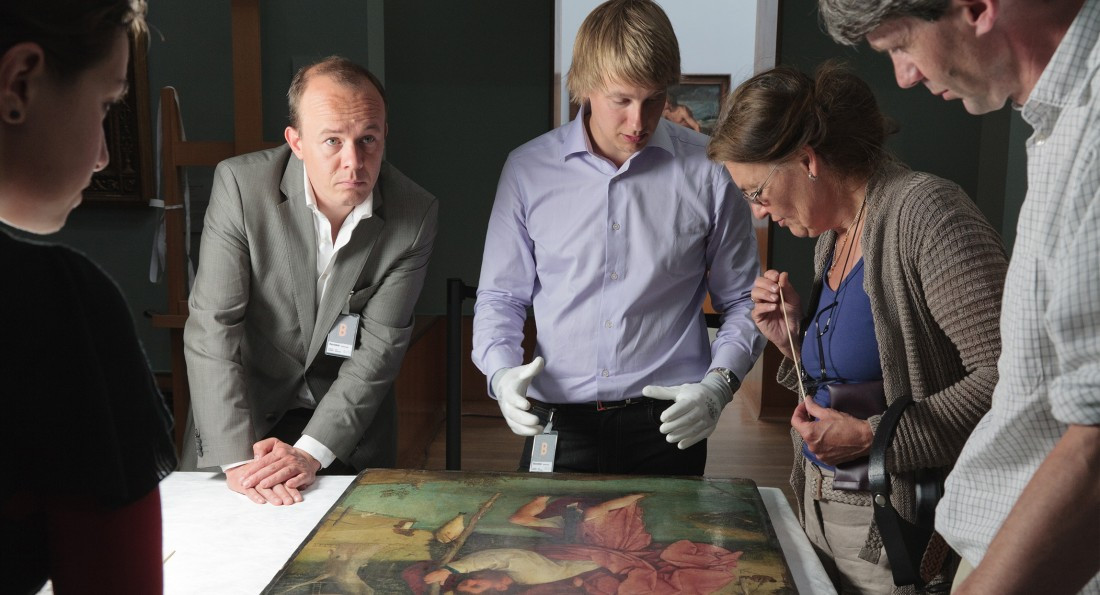Critipeg: Hieronymus Bosch, Touched by the Devil
Plays at Cinematheque Nov. 17 to 26
The works and life of Hieronymus Bosch are a source of mystery and fascination. Little is known about the life of the 15th century Dutch painter whose works depict debaucherous, chaotic hellscapes rife with arcane symbolism steeped in medieval belief, paranoia and superstition. Few of his works survive, and the meanings of those that do are the source of much debate.
Documentary Hieronymus Bosch, Touched by the Devil follows a group of art scholars attempting to mount an exhibition of Bosch’s surviving works in the artist’s hometown, marking the 500th anniversary of his death. It’s no small feat.
The town’s museum owns none of Bosch’s paintings, so the historians have to fight to lease works from more established museums and galleries. Many of the institutions are wary to lend their pieces, in part because the Dutch team’s scholarly work may call into question Bosch’s authorship of certain pieces.
Much of the film’s focus is on that forensic work. Some may find it dry, but for those with an interest in art or history, it’s fascinating. Early in the film, a wood expert examines the rings in the wood on the back of a painting in order to determine the exact year the tree that produced the wood was felled. If Bosch’s death predates the final ring, he could not have painted it.
But the real joy comes from the examination of Bosch’s work. While little is discovered of his life, it provides a look into the mind of a profoundly singular artist. Emerging from an era associated with repression, Bosch is an explosion of twisted expression.
Published in Volume 71, Number 11 of The Uniter (November 17, 2016)







